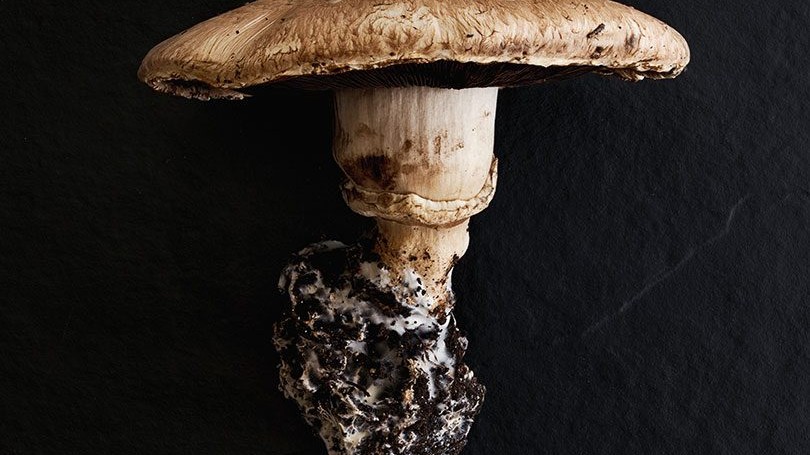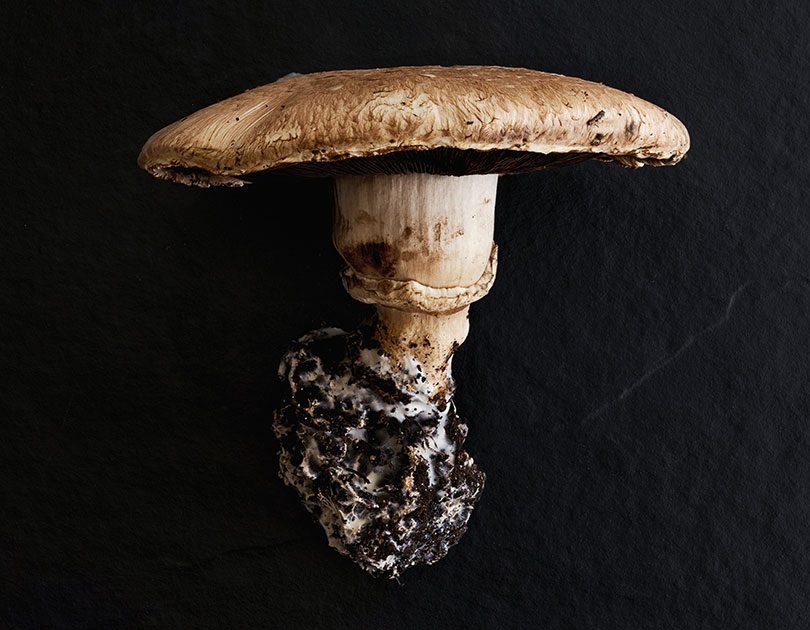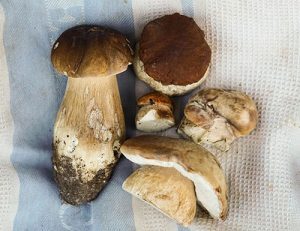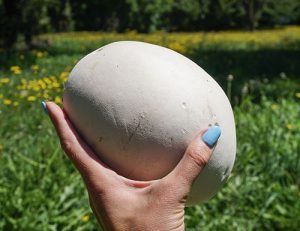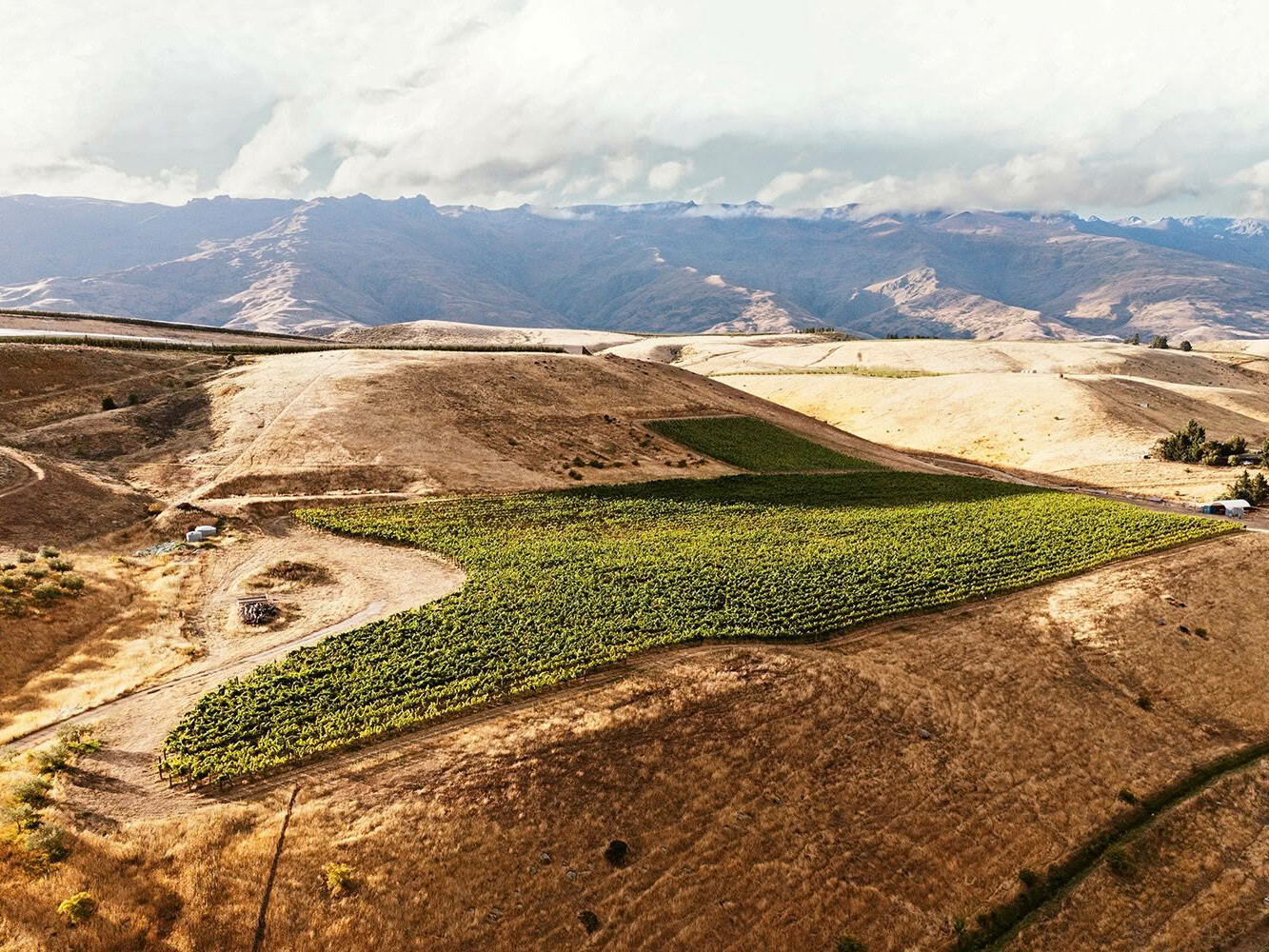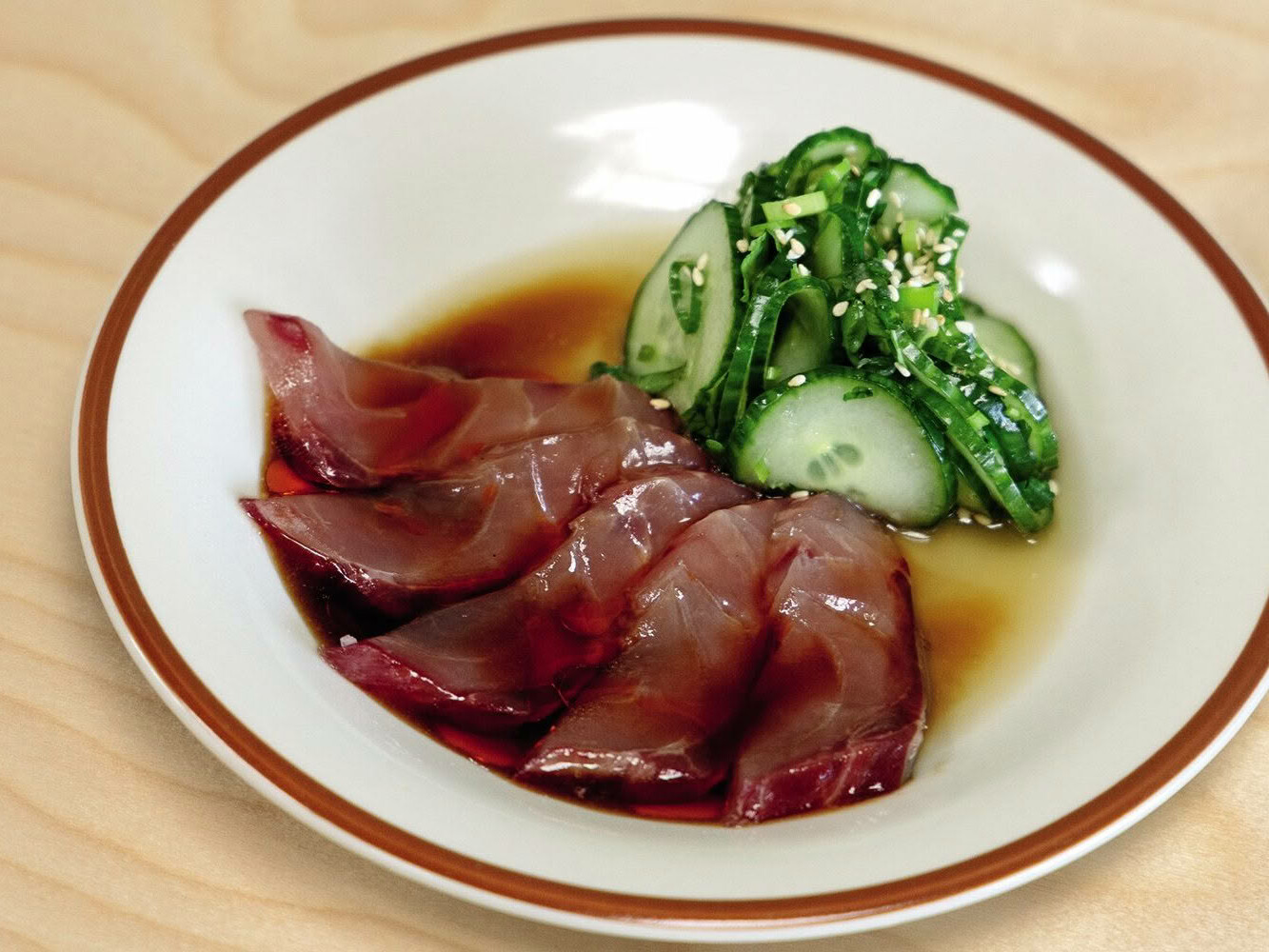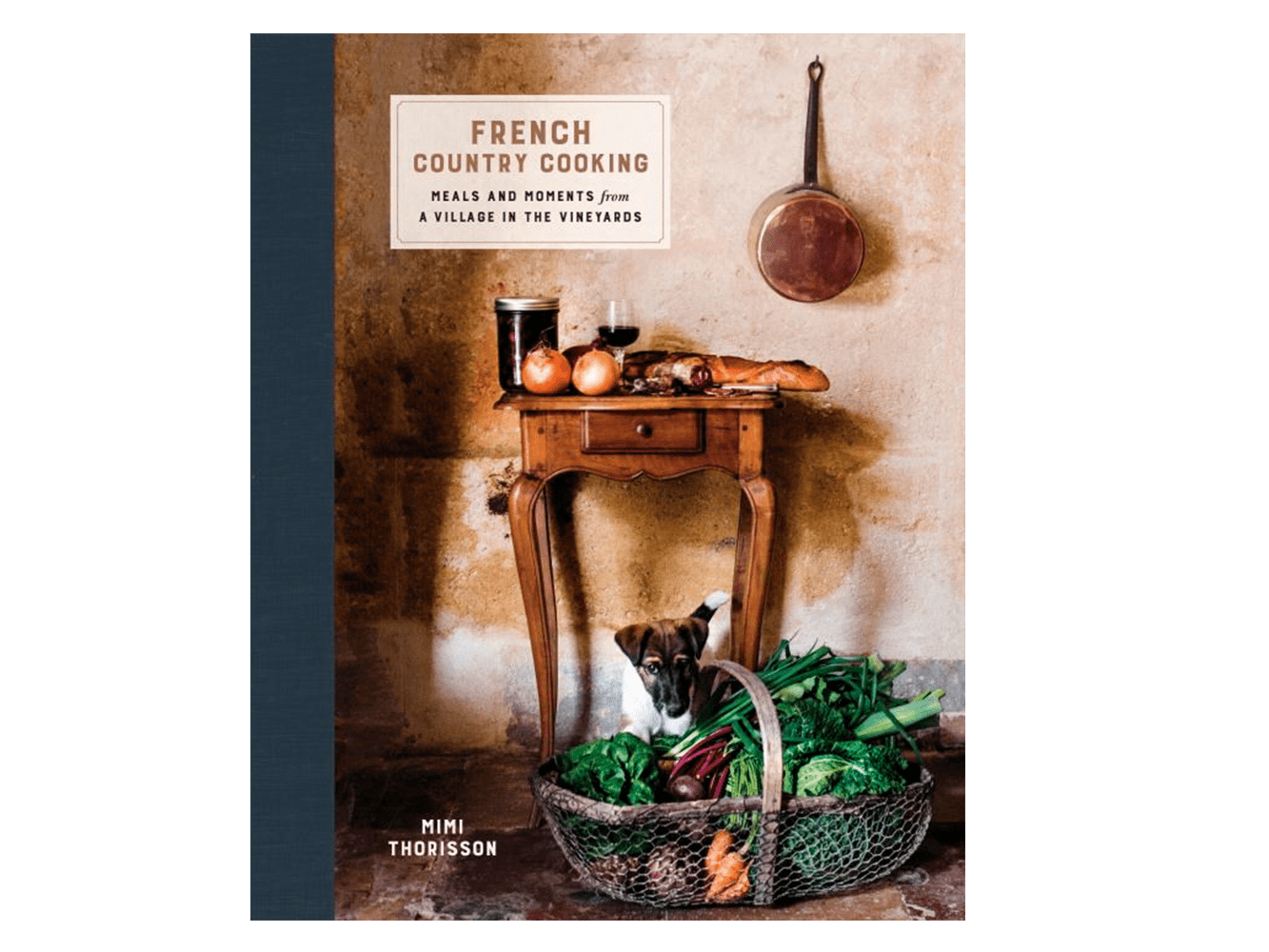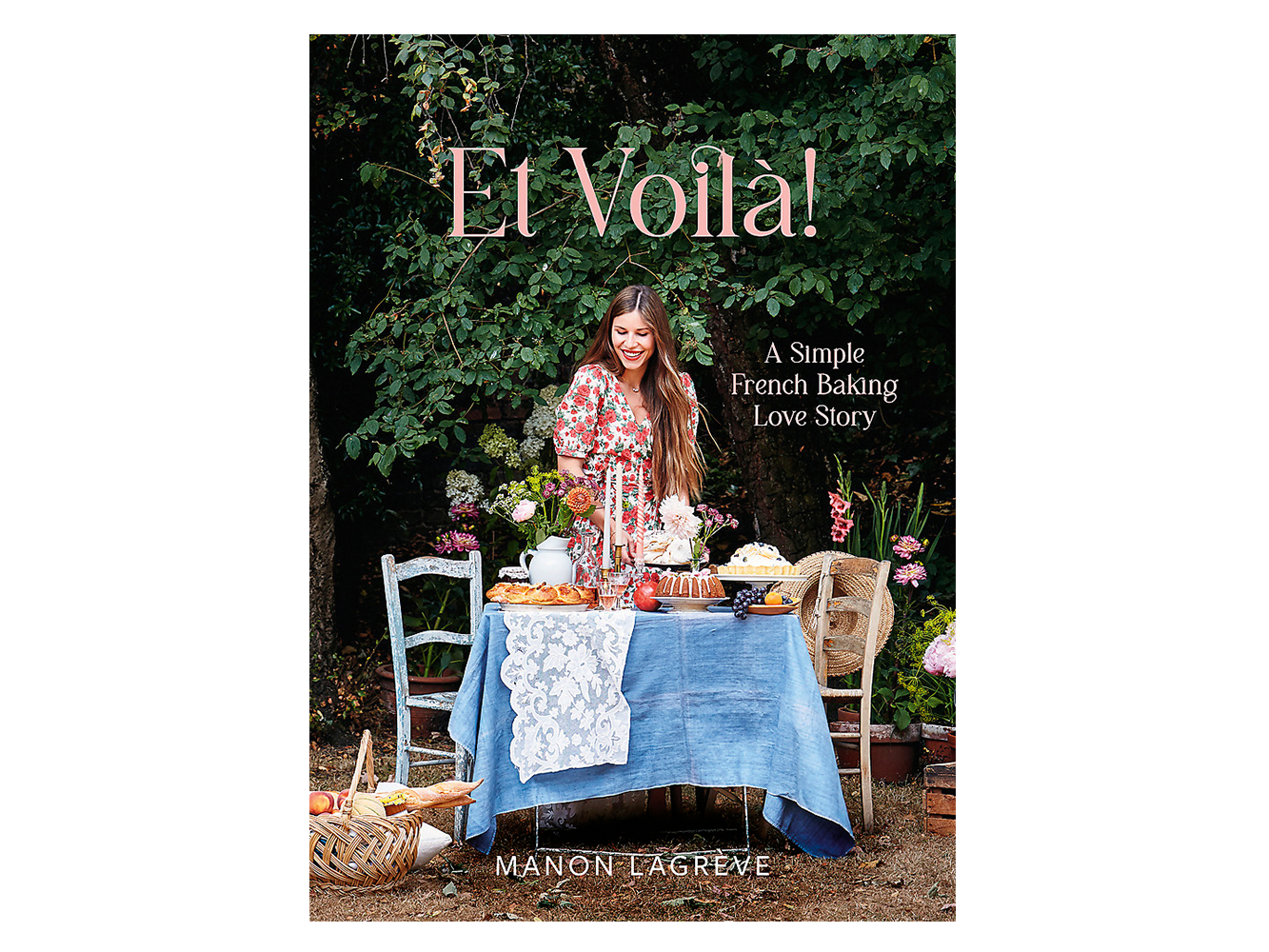Mushroom foraging, a hobby that’s sort of hobbit-y, is now completely en vogue, says Liv Sisson.
 From mushroom leather to brain-boosting coffee and truffle hot sauce – fungi is finding its way into every corner of popular culture. Here in Aotearoa we have myriad fungi species to discover and even devour and the current season is the perfect time to start hunting for the edible varieties.
From mushroom leather to brain-boosting coffee and truffle hot sauce – fungi is finding its way into every corner of popular culture. Here in Aotearoa we have myriad fungi species to discover and even devour and the current season is the perfect time to start hunting for the edible varieties.
While edible fungi can be foraged throughout the year, autumn is especially fruitful. As the summer sun fades, damper days coax fascinating fungi out from below. But before we go down the rabbit hole, here’s a quick history.
Fungi are only just making their way into the culinary limelight here. Our food story is a bit shorter than, say, Europe’s and our fungi food story has only just begun in comparison to countries such as Japan. While fungi has been a staple there for centuries, we err on the side of meat and three veg. In general, the Western diet is fairly light on fungi. We eat only a few species and are often fearful of the rest.
Stories refer to ‘mushrooms’ versus ‘toadstools’, the former being edible and the latter being poisonous. This black- and-white definition is, of course, an oversimplification. Some fungi taste great, others will take you to outer space and a select few will liquefy your liver.
That being said, there’s a plethora of delicious, safe, edible fungi to work with here. Slowly but surely, species beyond the white button are gaining traction on restaurant plates, at farmers’ markets and even in home cooking. Local growers, chefs and foragers have been hard at work rebranding fungi as a worthy ingredient and one that can sometimes be found for free in the bush, the park or even your own backyard.
In March 2020, I suddenly had all the time in the world to pursue my fungi fascination. I started foraging in Christchurch’s central city and quickly learned that some of the most famous forageable mushrooms actually live on my street.
Porcini, for one, are many foragers’ favourite. Italian for ‘piglets’, porcini are some of the most highly prized culinary mushrooms out there. While their meaty, slightly nutty profile holds its own alongside hefty proteins like steak, porcini can also be the main event. Simply slice thinly, simmer with olive oil, garlic, thyme, parsley and canned tomatoes for an unreal pasta sauce.
I found my first porcini on Easter morning – the greatest, most wondrous Easter egg of my life, hidden beneath an old oak tree. We often think of mushrooms as decomposers that grow from dead wood, but in reality only some fungi fill that role. Others, such as porcini, are collaborators. They grow from the ground and beneath each one is a subterranean network of fungal threads called ‘mycelium’.
Each strand of mycelium is thinner than a human hair. These threads weave themselves through and around plant roots, provide them with nutrients, defend them from pathogens and link them together. The result is an underground superhighway that moves nutrients and information between organisms and allows them to beg, barter, steal and share. A University of Sheffield study estimated that the total length of mycelium in the top 10cm of soil is more than 450 quadrillion kilometres. Or half the width of our galaxy.
These complicated plant-fungi relationships are fascinating and they give us helpful clues. Porcini, for example, tend to grow in association with pine and oak. Learn to identify these trees and they’ll serve as beacons on your forays. If you find only one piglet, don’t despair. Use a fat – butter, cream or cheese – to carry its precious flavour far and wide.
While porcini are highly sought after, puffballs are less so. In the right company though, these fungal orbs can seriously shine. Also called ‘tofu of the woods’, giant puffballs are just crying out for flavour. Puffballs can be found in fields and paddocks often after a big rain. Treat them like tofu in the kitchen; add them to curry, laksa, stir fry and so on. But don’t stop there. Puffball parmigiana sandwiches make a killer lunch if you sub out eggplant for puffball. Slice it thinly, dredge in flour, egg and panko breadcrumbs and fry until golden brown. Top with mozzarella, parmesan, parsley and tomato sauce then smoosh it all together into a sammie with sourdough.
To really impress with a puffball, put it on the barbie – they take on the most beautiful grill marks and charred flavour. Simply slice, glaze in whatever flavour you’d like to feature, then grill. I’ve found that adobo miso glaze goes well with these fungi steaks. Just mix 1 part miso paste with 1 part adobo sauce plus soy, sesame oil, sugar, spring onions and salt to taste.
If you come across a giant puffball you might also spot some Fairy Ring Champignons, as they like similar habitats. These tiny mushrooms are choice edible fungi, a bit trickier to identify, but lovely in just about any dish that calls for umami flavours. You can easily dehydrate them in the sun for later use. Fairy Ring Champignons are so called because they tend to pop up all at once in a circle or ‘fairy ring’. These usually occur in open, grassy areas as opposed to deep, dark woods. In the absence of bulky tree roots, the underground mycelium can grow equally in all directions. When the conditions are right, the network will send up fruiting bodies (the mushrooms) at its outermost edges.
One of the most exciting facets of fungi in Aotearoa is the diversity. Our native species come in every colour of the rainbow. Just take Werewere kōkako, our national fungi: its brilliant blue hue looks almost alien. While this beauty isn’t edible, the native bush is home to a few tasty species, like hakeke (wood ear fungus) and tawaka (poplar mushrooms).
As chef Monique Fiso writes in her book Hiakai, “Māori weren’t big mushroom eaters.” Hakeke was sometimes used as a food resource but only when tastier bites weren’t available. It does, however, carry other flavours well. You might’ve actually already tried it. Sometimes listed as ‘black fungus’ on Chinese and Japanese menus, hakeke features in everything from salads, to moo shu pork, dumplings and hot and sour soup.
Chef Niki Nakayama of two-Michelin-starred n/naka in Los Angeles recommends rinsing and blanching hakeke then pairing with soy, coriander, and sesame oil for a quick salad. It adds a crunchy texture and can hold heaps of flavour in soups and stews.
Hakeke was actually a formidable New Zealand export at one point. When Chinese migrant Chew Chong immigrated to Taranaki in the 1870s he was surprised to find it growing en masse there. An enterprising sort, he started to export it back home to China where it is used in lots of dishes. Hakeke became so valuable in the region that the fungus was lovingly called ‘Taranaki wool’.
Tawaka, on the other hand, is an edible native mushroom that grows from native hardwood trees such as tawa, and introduced hardwoods such as poplars. Growing up to dinner- plate size, they can make a whole meal. Fry them in brown butter with garlic, season with salt and pepper, top with parsley; you don’t have to do much to help this species sing.
To begin your own fungi foraging adventure all you have to do is go for a walk. Go for a hunt or two and you’ll soon have the bug. Foraging can be meditative, thrilling and awe-inspiring all at once. Even if you don’t find edible fungi, you will gain access to a surprising and inspiring world that’s been right under your nose. And that feeling of awe, it turns out, is pretty good for us. Studies have shown that after discovering something new, or feeling a sense of childlike wonder, our egos shrink and our willingness to help others increases. Even if only for a few hours.
While foraging isn’t easy, pursuing mastery and doing something real (a.k.a. getting off our screens) have also been shown to build our resilience and overall happiness. So whether you get a feed or not doesn’t really matter. You’ll always finish a foray by getting something special out of it.
So don’t wait around for the ‘perfect’ mushroom-hunting day: just start. Get out there – go for a stroll, see what you find, do some reading, then go again.
If you’re in a hurry to expand your fungi palette and foraging it is not for you, check out
Neudorf Mushrooms, neudorfmushrooms.co.nz
Ora’s Farm, orasfarm.co.nz
Ohau Gourmet Mushrooms, mycobio.co.nz
Mushrooms by the Sea, mushroomsbythesea.co.nz
Remarkable Fungi, instagram.com/remarkable_fungi
SporeShift, sporeshift.co.nz
Glossary
Use this glossary to get started. But remember, never eat anything before you have positively identified it. If in doubt, leave it out. For more info and resources find Liv on Instagram, @liv_mosss.
PORCINI
Look for them beneath oaks and pines from Wellington to the south.
KEY FEATURES: pores (small holes) on the underside rather than gills (what button mushrooms have). The upper part of the stem has a lacy pattern on it.
PUFFBALLS
Look for them in fields, parks, and paddocks.
KEY FEATURES: large, round and white. Only edible if they are solid white all the way through.
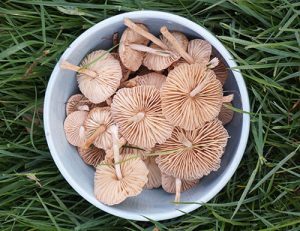 FAIRY RING CHAMPIGNONS
FAIRY RING CHAMPIGNONS
Look for them in the same place as puffballs.
KEY FEATURES: off-white to buff- coloured cap. Thin, fibrous stems that are hard to break. Gills run from the edge of the cap to the centre, but don’t meet the stem.
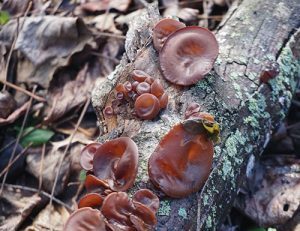 HAKEKE (WOOD EAR FUNGUS)
HAKEKE (WOOD EAR FUNGUS)
Look for them in cool, damp environments growing from māhoe, tawa and pukatea trees.
KEY FEATURES: dark brown, sometimes they look vaguely like ears. Jiggly when damp, crusty when dry.
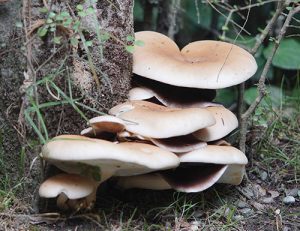 TAWAKA (POPLAR MUSHROOMS)
TAWAKA (POPLAR MUSHROOMS)
Look for them growing from native hardwoods such as tawa trees and from introduced hardwoods such as poplar.
KEY FEATURES: a smooth, dense cap with a very large ‘skirt’ hanging down from the stem.
SEE MORE FROM CUISINE
Pinot getting better & better
There’s no holding back New Zealand pinot noir with some sensational…

